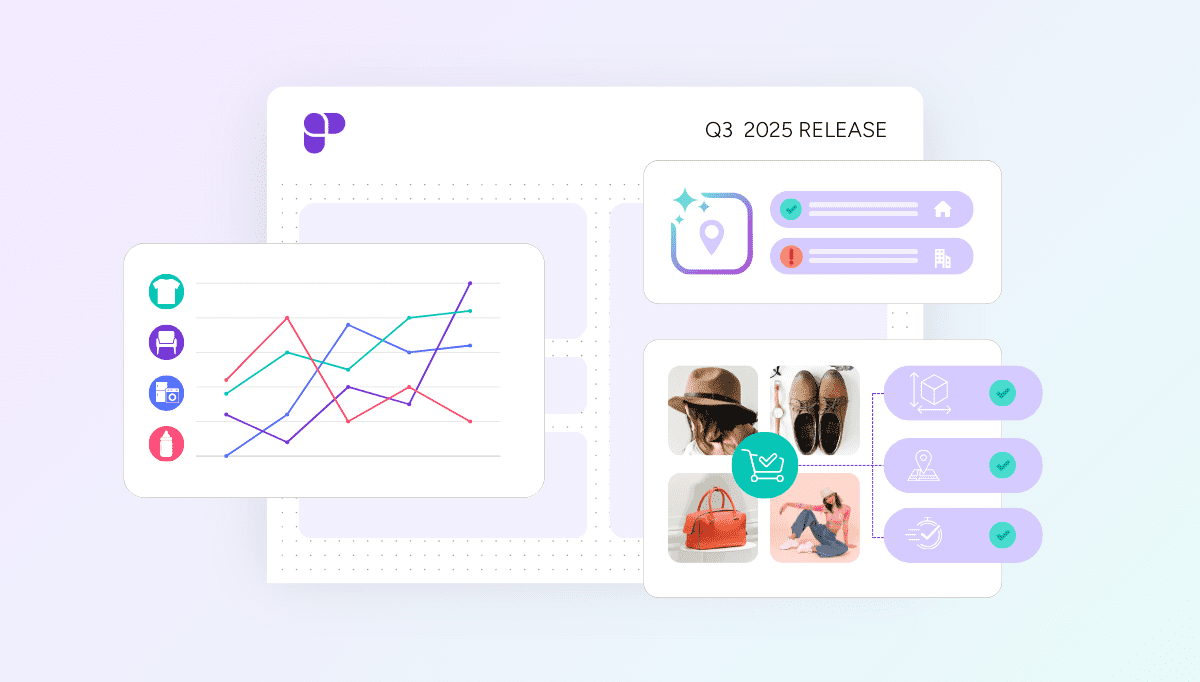This statistic should be in the back of every fashion executive’s mind: 50% of U.S. Gen Z consumers prefer to shop and explore new brands. That makes them the least loyal generational cohort; brands can win them more easily, but they can lose them, too. But that only scratches the surface of a much deeper behavioral shift that’s redefining fashion commerce.
Gen Z doesn’t browse clothing the way previous generations did by looking at their chosen brands’ websites, comparing prices across tabs, or saving items to wish lists. Instead, they:
- Discover through social feeds: 73% find new fashion brands through TikTok and Instagram content
- Purchase within platforms: They buy directly without leaving their social environment
- Expect instant gratification: Fast fashion cycles have trained them to expect new styles weekly, not seasonally. For example, Shein introduces 2,000 to 10,000 new items daily.
- Value authenticity: Nearly one-third of global consumers look to influencers for beauty purchase inspiration.
This fundamental shift in consumer behavior is just one part of a whirlwind of change and challenge facing today’s fashion brands. Beyond capturing Gen Z’s platform-native shopping behavior, they also face new obstacles in protecting intellectual property (IP) in an age of rapid trend replication and maintaining brand integrity.
What happens when traditional ecommerce funnels not only don’t work, but make your brand essentially invisible to the fastest-growing consumer segment?
Why traditional fashion marketing no longer works with Gen Z
Gen Z has collapsed the fashion cycle from seasons to days. By the time a quarterly drop hits, the moment may have passed. The fashion brands that keep up are designing faster, acting on real demand, and choosing platforms that support quick turns while protecting what makes the brand their own. They’re developing more flexible operations and strategic platform diversification to remain competitive without compromising their core values.
The IP risk that comes with Gen Z reach
One of the best ways to meet consumers where they shop is through major marketplaces. These help brands grow and overcome some of those Gen Z-based challenges. But it comes at a cost. To list products, brands often share detailed specs, launch calendars, pricing, sales data, and customer behavior.
Brands have options to connect with Gen Z while mitigating those concerns. TikTok Shop is a good option for brands concerned about IP protection as a platform where they can maintain control over their data and product releases.
How to protect your brand’s identity while scaling
Brands that scale successfully are selective. They choose platforms that support their positioning, respect their data, and meet evolving customer expectations to better keep up with Gen Z, especially.
For example, when Nordstrom launched its digital marketplace in 2024, president of digital and customer experience Miguel Almeida specifically noted that it was “not going to become the everything store.” Instead, Nordstrom focused on more upmarket brands while growing slowly, he said. These kinds of premium marketplaces often also offer favorable data protection terms and performance data.
Social commerce platforms like TikTok Shop reach Gen Z where they are already spending their time. With the right integration, teams can run campaigns and manage listings without exposing launch timelines or product data.
And of course, your best option is to use Rithum to manage growth and expand reach, protect your data, and keep your brand integrity intact.
Learn how we help here.
Michael Marte is a Senior Sales Engineer at Rithum.




